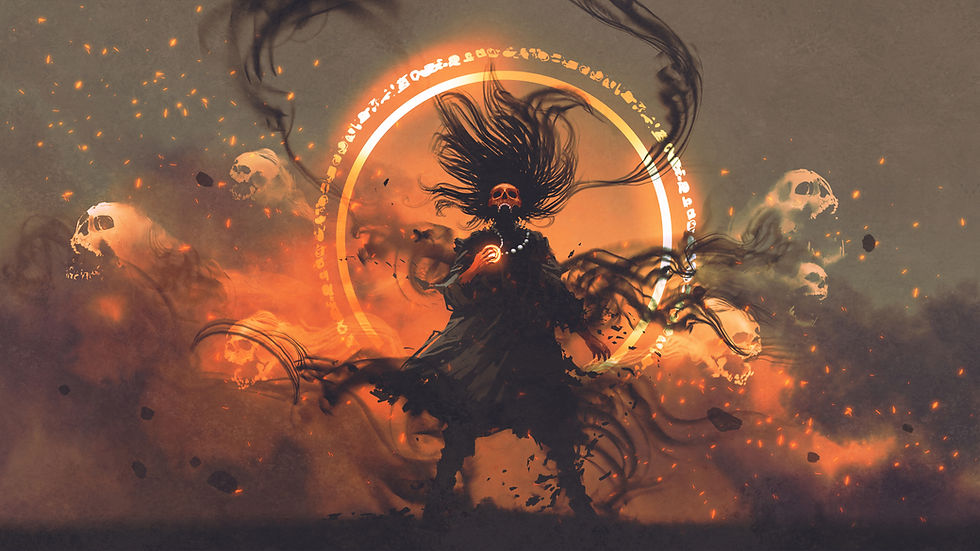Understanding Language Techniques in Fiction Writing
- Atiyeh Sadeghi

- May 15
- 2 min read
Language techniques are crucial in fiction writing, as they enhance the narrative, engage the reader, and convey deeper meanings. Here, we'll explore several key techniques: similes, metaphors, personification, imagery and sensory detail, symbolism, and motifs. These tools are particularly effective in creative and descriptive writing.

Similes and Metaphors
Similes
Similes make comparisons using "like" or "as" to highlight similarities between two different things. This technique can add vivid imagery and clarity to descriptions.
Example:
"Her smile was like the first day of spring."
Metaphors
Metaphors make direct comparisons without using "like" or "as," suggesting one thing is another, thus enriching the text with layered meaning.
Example:
"Time is a thief."
Classroom Application
Encourage students to create their own similes and metaphors by comparing emotions or abstract concepts to everyday objects. This can help students with special education needs by connecting new ideas to familiar experiences.
Personification
Personification assigns human traits to non-human entities or objects, creating empathy and interest.
Example:
"The wind whispered through the trees."
Classroom Application
Ask students to choose an object or natural element and describe its actions or feelings. This exercise can foster creativity and help students relate to the world around them in imaginative ways.
Imagery and Sensory Detail
Imagery involves using descriptive language to create vivid mental pictures for the reader. Sensory details engage the five senses: sight, sound, smell, taste, and touch.
Example:
"The crisp autumn leaves crunched underfoot, releasing a sweet, earthy scent."
Classroom Application
Have students write a descriptive paragraph about a place they know well, focusing on using all five senses. This can be especially beneficial for students requiring additional sensory input to fully engage with the material.
Symbolism and Motifs
Symbolism
Symbolism uses symbols—objects, characters, or colors—to represent larger ideas or themes.
Example:
In literature, a dove often symbolises peace.
Motifs
Motifs are recurring elements that have symbolic significance in a story. They help reinforce themes and connect different parts of the narrative.
Example:
A recurring motif of darkness in a novel may symbolise ignorance or fear.
Classroom Application
Discuss with students how common symbols are used in literature and film. Then, challenge them to identify symbols or motifs in a story or movie they’ve recently encountered. This can aid in critical thinking and analysis skills, making literature more accessible and engaging.
Conclusion
Understanding and utilising these language techniques can greatly enhance students’ creative and descriptive writing abilities. By exploring similes, metaphors, personification, imagery, and symbolism, students can learn to express ideas more vividly and explore deeper meanings in texts. As a teacher in special education, adapting these techniques to meet diverse learning needs can empower all students to harness their creative potential.




Comments